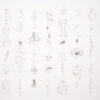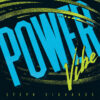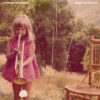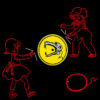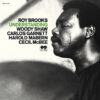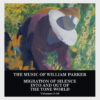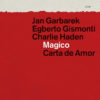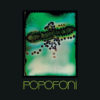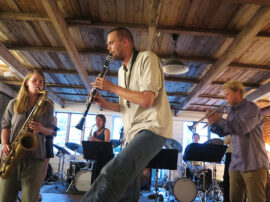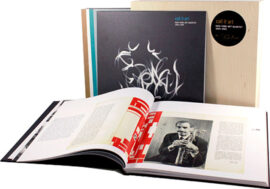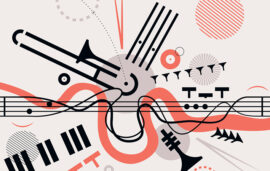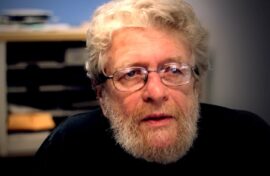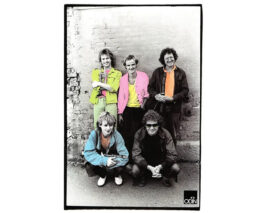
Harpist Jacqueline Kerrod is known from her close work with innovative composer-reeds player Anthony Braxton. She played on Braxton opera «Trillium J» (New Braxton House, 2016), recorded a duo album with the master, «Duo (Bologna) 2018» (I dischi di Angelica, 2018) and joined the latest iteration of his musical system, ZIM Music, on the 11-hour recording «12 Comp (ZIM) 2017» (Firehouse 12, 2021). But the South African, New York-based, classically-trained and versatile harpist also performed with elite chamber groups and contemporary music ensembles like the International Contemporary Ensemble (ICE), Wet Ink and Alarm Will Sound, with Kanye West, Antony & the Johnsons, Jane Birkin and Rufus Wainwright, and as half of the pop duo Addi & Jacq (with vocalist Addi McDaniel), where she developed her skills on the electric harp using guitar pedals and a looper, and with songwriting.
Kerrod’s debut solo album, «17 Days in December», highlights her unique voice as an improviser and spontaneous composer. The album results from a month-long series of daily improvisations in the basement of her home in Princeton at the height of the Covid-19 quarantine. It distills her experiences with Braxton, and the lessons of having to be in the moment, being able to move through unfamiliar territory and discover new things, as well as to discover herself as an artist. She had a daily ritual, set a timer for 40 minutes, started recording, and let her ideas flow, with no fixed agenda or any intention of releasing the results formally. She played on the first half of December on the acoustic half and on the electric harp on the second half, but the 17 pieces on the album are not sequenced in chronological order. The process of the recording was quite simple, with no overdubbing or looping, and no preparations on the harp, but she used a screwdriver-like harp tool, small glass bowl, viola bow, delay and distortion pedals, in order to explore microtones and a sense of layering and sustain.
Braxton still influences Kerrod’s work and the opening piece «December 1: Trill to Begin» is inspired by the master’s twelve Language Musics, and offers her solution to Braxton’s Long Sounds language, sustaining a drone despite the harp’s natural tendency for sonic decay. Later she adds to her personal musical diary a subtle layer of sounds produced by the software effects in Ableton, and experiments with the intriguing sounds of the electric harp, and the countless possibilities to shape and manipulate these sounds. Each piece offers a distinct mood, its own story and its own surprising sounds, and all cement Kerrod’s rich, highly inventive and almost limitless sonic horizons. Often, her harps sound like a futurist electric guitar or bass, twisted version of Africam mbira or kora or a highly resonant piano. She succeeds to radiate to the curious listener her immediate joy of discovering anew her instruments as well her reverence for all sounds, including some eccentric and otherworldly ones, but most of all, fascinating ones. Kerrod concludes her musical diary with a subversive yet playful lullaby on the electric harp, «December 20: Sweet Dreams».
Eyal Hareuveni
Jacqueline Kerrod (acoustic harp, electric harp)


